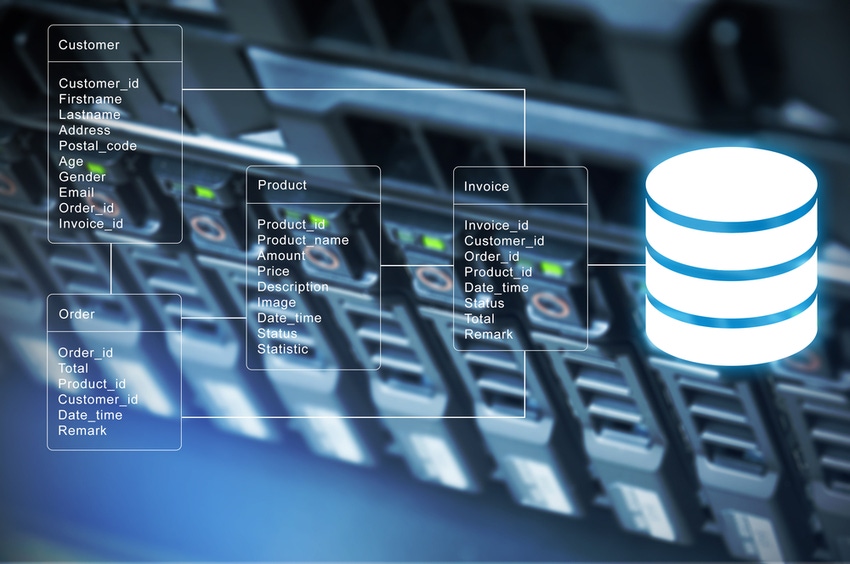The report also highlights the capabilities that users would like from their storage infrastructure.

Storage availability and avoiding vendor lock-in remain top concerns for IT professionals, and illustrate the status of the industry as it moves to a software-defined future.
That’s according to DataCore Software‘s seventh annual survey, “The State of Software-Defined, Hyperconverged and Cloud Storage.” It polled 400 IT professionals who are using or evaluating software-defined storage, hyperconverged and cloud storage.
The participants represent a range of vertical-market segments, including financial services, health care, government, manufacturing, education, IT services and other related industries from a mix of organization sizes, including those with fewer than 500 employees, between 500 and 5,000 employees, and more than 5,000 employees.

DataCore’s Gerardo Dada
“We see enterprise IT maturing in its use of software-defined technologies as the foundation for the modern data center,” said Gerardo Dada, DataCore’s chief marketing officer.
The primary business drivers for implementing software-defined storage include: automating frequent or complex storage operations; simplifying management of different types of storage; and extending the life of existing storage assets.
The report also highlights the capabilities that users would like from their storage infrastructure. The top capabilities include: business continuity/high availability; disaster recovery (from remote site or public cloud); and enabling storage capacity expansion without disruption.
Business continuity was found to be a key storage concern, whether on-premises or in the cloud. Also, business continuity is the top business driver for those deploying public and hybrid cloud storage, and similarly ranks high in the complete results for software-defined and hyperconverged storage business drivers.
Some 42 percent of respondents reported too much vendor lock-in within storage as their top concern. Software-defined storage is being used to solve this, as well as automation. Therefore, it should not be a surprise that the results also showed adoption of software-defined storage is about double that of hyperconverged, with 56 percent of respondents also strongly considering or planning to consider software-defined storage in the next 12 months.
While it continues to make inroads, some respondents said they are ruling out hyperconverged because it does not integrate with existing systems, creating silos, can’t scale compute and storage independently, and is too expensive. Hybrid-converged technology is a good option for IT to consider in these cases, according to DataCore.
Additionally, while all-flash arrays are often viewed as the easiest way to add performance, more than 17 percent of respondents found that adding flash failed to deliver on the performance promise — as flash does not solve the input/output bottlenecks pervasive in most enterprises.
In regard to emerging technologies, many enterprises are exploring containers, but actual adoption is slow primarily due to: lack of data management and storage tools; application performance slowdowns — especially for databases and other tier-1 applications; and a lack of ways to deal with applications such as databases that need persistent storage.
Non-volatile memory express (NVMe), a new protocol for accessing high-speed storage media, also is still struggling to become mainstream. About half of respondents have not adopted NVMe at all, while 30 percent said 10 percent or more of their storage is NVMe, and more than 7 percent said more than half of their storage is NVMe.
Additional findings from the report include:
In regard to cloud storage adoption and maturity, many still report security and regulatory concerns as obstacles to deployment. Also, another top surprise reported was that using the cloud failed to reduce storage costs.
Reducing new hardware costs and adding performance were the main decision drivers in past surveys prior to 2017 across all types of deployments. There has been a significant shift this year as well as last year, making automation, simplification and extending the life of existing assets top of mind.
Read more about:
AgentsAbout the Author(s)
You May Also Like


